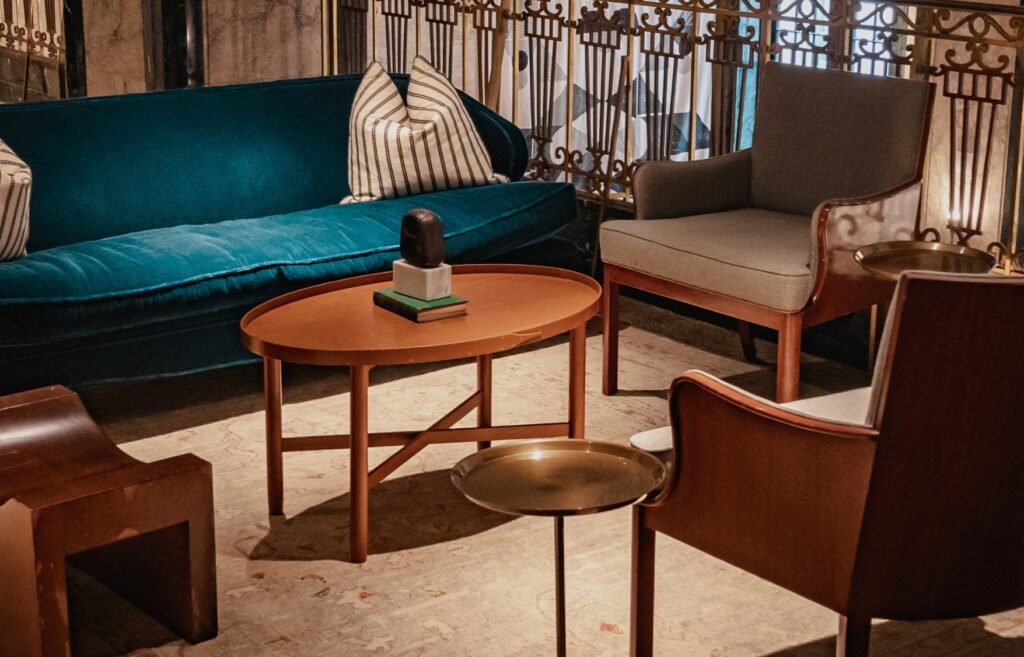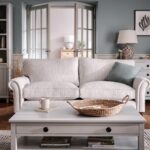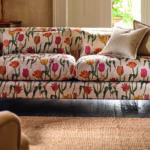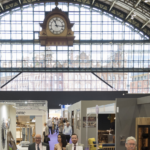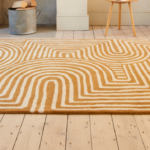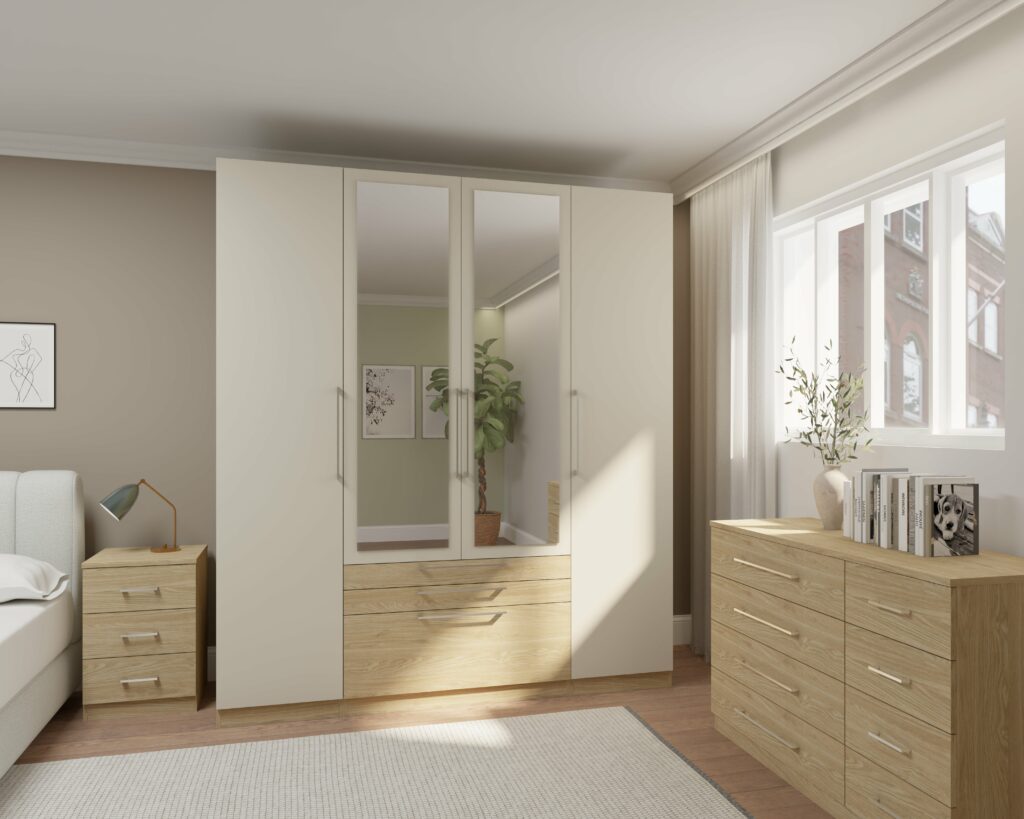Katie Furmston, Head of Design & Research at Design Conformity, talks about the importance of sustainability within the furnishings industry and how its unique tool is equipped to help.

When it comes to sustainability, the furniture industry arguably one of the most important to embed sustainable practices into. In fact, everyone is talking about sustainability – it’s a buzz word that seems to be gaining more traction, especially with greater learning materials out there and businesses willing to invest in this journey to educate.
“As a species, we are looking to improve and reduce the impact we are having on the earth and every industry is under pressure to prove that they are making strides to support this,” Katie says. “The furniture industry is no different and there are some great sustainable stories going on.
“However, it’s also an industry that often comes behind others such as white goods, electricals, food and clothing. With furnishings encompassing a wide variety of products, and used every day in almost every aspect of our lives, the mindset of the consumer has certainly placed this element of their home towards the front of the line.
“When we consider sustainability, we think about the environment, energy, emissions, and materials. Within the furniture industry, all of these must be considered, alongside costs, to determine both the most sustainable option – and the most cost-effective option over the short and long-term.”
Katie added that companies need to think about how they design, produce, and sell their furniture in a way that minimises the environmental, social, and economic impacts, while also promoting longevity.
One of the most immediate questions that arises when companies are told that they need to be more sustainable is, ‘What are the benefits?’ Katie explains some key points below:
- “Lower environmental impact – through optimising production processes and transportation, greenhouse gas emissions, energy consumption, and pollution can all be reduced.
- “Resource/material reduction – by focusing on maximising the use of existing resources, promoting repair, refurbishment, and recycling, companies can reduce their reliance on virgin materials, therefore helping to conserve natural resources like timber, minerals, and water.
- “Waste reduction – furniture that is designed for longevity and can be easily disassembled and recycled or refurbished at the end of its life cycle, produces less waste.
- “Potential cost savings – by focusing on resource and waste reduction aspects, this can lead to less raw materials being used which reduces material and waste management costs.
- “Extended product lifetimes – furniture that is built to last, reduces the need for frequent replacements. Consumers then benefit from durable products that provide long-term value.
- “Competitive edge, customer awareness and engagement – companies that prioritise circularity in their business models stand out as market leaders in sustainability and raise awareness about the environmental and social impacts of their purchasing choices.”
Furniture companies that are already making strides towards improving their sustainability need ways to demonstrate and track their sustainable output, such as highlighting the environmental impact of the products, materials and practices they use.
“It is easy enough to use Google to find a free carbon footprint calculator to start understanding a company’s carbon footprint,” Katie says. “But it is important to note that not all of these are reliable. When calculating, it’s important to seek out resources with a high level of efficiency to be sure.”


This is where Design Conformity’s Carbon Efficiency Estimator comes in. It allows designers, estimators, and procurement managers to quickly measure the carbon footprint of a design, with 90-95% accuracy, enabling them to create furniture and fixtures with lower carbon impacts.
“It is currently recommended, in the UK, that companies report their Scope 1 and 2 emissions,” Katie continued. “This positive move highlights those who are doing it well as they work to achieve certifications that show best practice across the industry. Design Conformity’s Independent Circular Design Certification provides a lifecycle assessment of product types and is awarded to manufacturers that comply with the dc design standard.
“While working towards sustainability is vital, implementing sustainable practices can increase costs, particularly in the short term, which is often then passed onto the customer. Certain sustainable materials are also priced higher than non-sustainable ones and if sustainable practices cause longer lead times this can also increase costs, so it’s important to consider that sustainable efforts can often be a long-term process.”
Katie adds that there is support out there for the companies making the decision to work on their sustainability, particularly with the introduction of Scope 4 emissions. “FISP, the Furniture Industry Sustainability programme, in particular is a key benchmark for sustainability with the UK furniture industry. Not only do they improve competitiveness and cost effectiveness, but they help companies work towards awards, gaining industry recognition.”
“The furniture industry’s journey toward sustainability is marked by challenges and opportunities. While cost considerations may pose initial hurdles, the long-term benefits, coupled with supportive programs and collaborations, make sustainability a viable and crucial path for the future of the furniture industry.”


